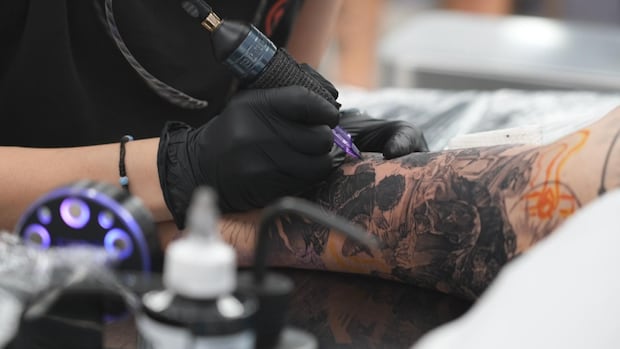[
When Hans Deslauriers isn’t tattooing clients in his studio twice a week, he’s painting to help scratch his creative itch and pay his bills while dealing with a major slump in clients.
It wasn’t always this way for the Montrealer who’s been tattooing professionally for over a decade.
“I used to do six days a week of tattooing, but if I still relied on that … and waited for customers, I would have depression,” he said.
For the first time in his career, he says there’s a major slowdown for artists.
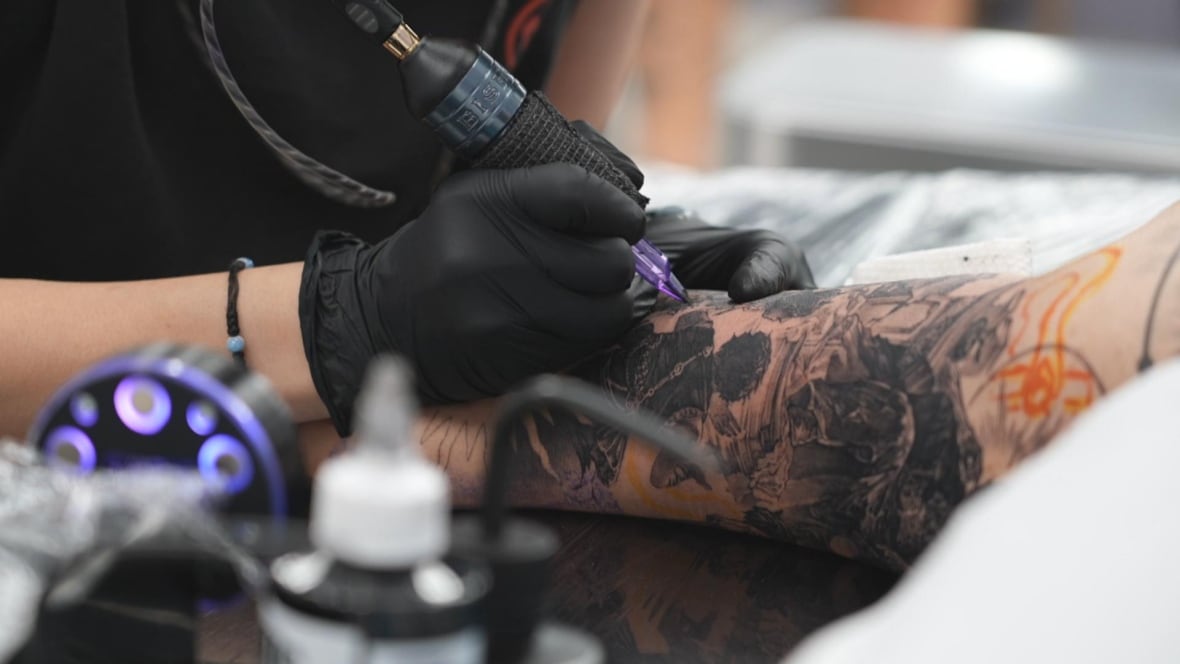
For those looking to get tattoos, Montreal is often considered a top destination. The city attracts some of the country’s best artists, and there’s tons of studios to choose from.
But some tattoo professionals have noticed too many artists and not enough skin to go around, as of late. In an oversaturated tattooing market, the rising costs of running a business are forcing some professionals to adapt or even step back from the profession.
“I see people leaving the industry, who’ve been [tattooing] for years and years because it’s no longer viable,” said Deslauriers.
“It’s the first time in 12 years that I see a slowdown like that in the industry.”
Too many artists, not enough clients
The industry was thriving right before the world shut down, says David Côté, who goes by David Peyote. He has been tattooing for 14 years.
“Pre-pandemic, tattoos were at its peak,” said Peyote.
The lockdown put everyone’s life on pause, but it also gave people the opportunity to try new hobbies – bread-making, crochet, gardening. Some got into tattooing, he says.
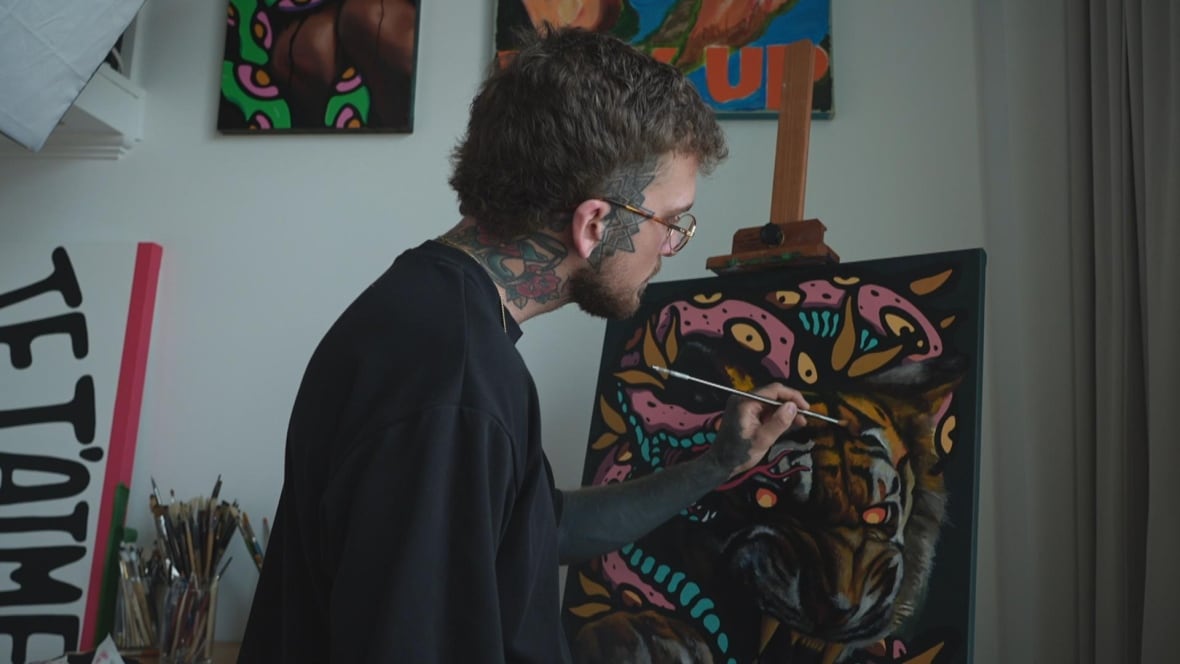
“It just became a bit more of their vocation, questioning their life choices like, ‘hey, am I really happy at work? I think I can quit work to pursue tattooing full time’,” said Peyote. “It led to an increase … of artists being part of the scene.”
In Quebec, the tattoo industry is not regulated. There’s no formal training, barriers to buy the equipment, or specific health regulations to follow, though some shops have individual requirements.
This wave of new artists proved useful at first, because when lockdown ended, there was no shortage of people seeking tattoos.
But after a couple of years, demand started to slow. People got their tattoo fix, and the increased cost of living turned people away from these purchases, says Peyote.
“The demand and supply are kind of met,” he said. “There’s too many artists.”
Costs for tattoo materials doubling, say artists
Increased competition is not the only factor contributing to this shift, says Deslauriers.
The cost of living has gone up significantly. In Montreal, asking rents have gone up nearly 71 per cent since 2019.
“Being tattooed is a luxury for sure. So if you have to cut somewhere, it will be on tattoos,” said Deslauriers.
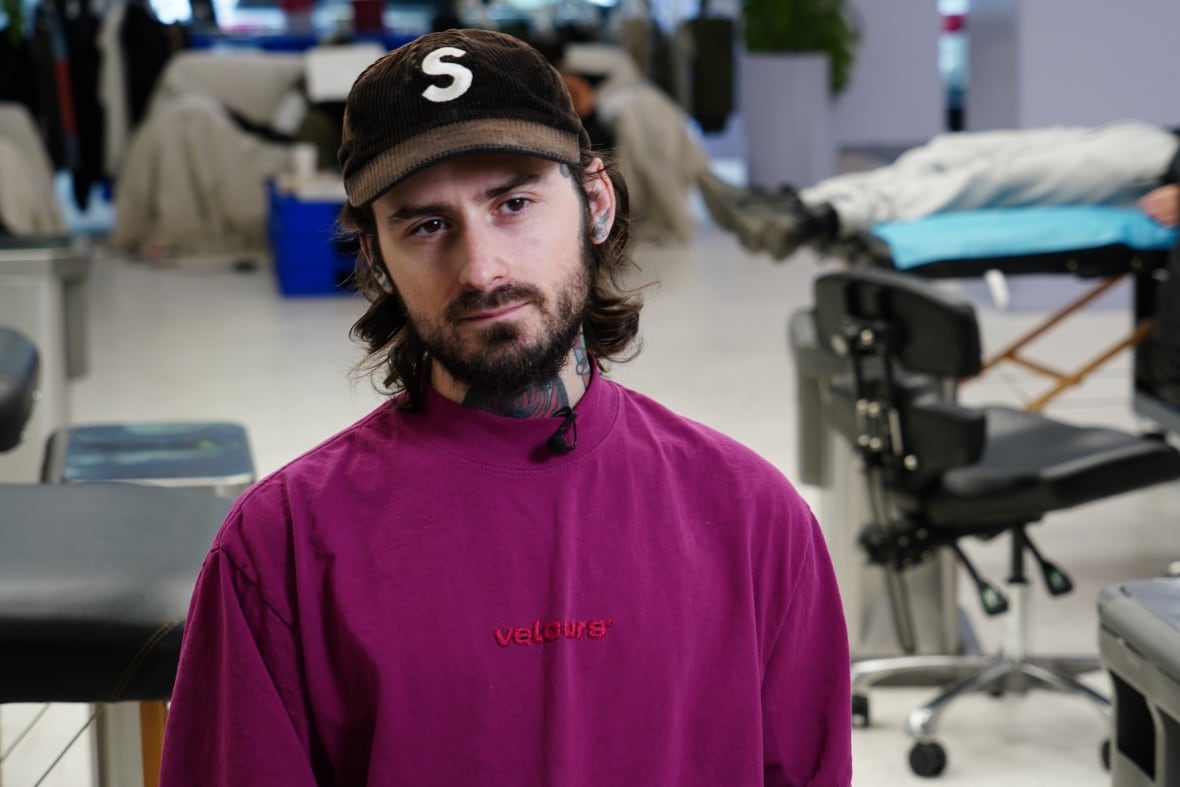
For artists, the materials alone are costing much more he says. Before the pandemic, he says gloves were $7 a box. Then, it went up to $30 during the pandemic. Right now, they cost about $12, says Deslauriers.
“That’s almost double already, and that’s just the gloves,” he said. “The ink doubled, everything has doubled.”
And there’s a limit on how much artists can increase their prices to make up for it, he says.
‘It’s harder to reach people’
Social media became a huge tool for tattoo artists to connect and reach prospective clients, said Peyote. But with time, it made people less keen to research tattoo artists. Where you once had to find them through magazines, blogs or conventions, he says they’re now all in one place.
“We’re no longer researching much. We’re no longer trying to find things. We’re just being fed things,” he said.
For Peyote, it’s all about adapting to this new reality. Those who love the craft will find a way to continue, he says.
“It’s important to be able to kind of go with the times and figure out what’s your strategy to overcome this puzzle that’s happening right now,” he said.
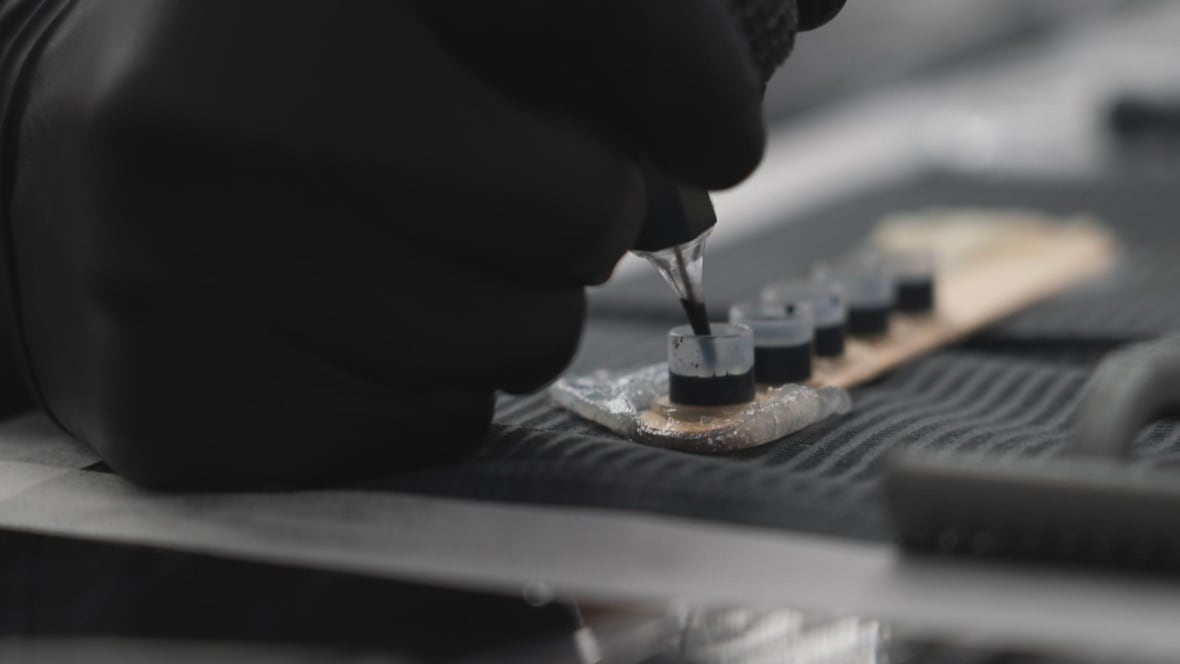
Keeping up with social media has also become its own job. Most studios can’t hire a content creator, says Deslauriers. Five years ago, he says algorithms used to be easy to work but now have to fight for a place in people’s explore page.
“No one sees your stuff, it’s harder to reach people,” he said. “Before, you didn’t need to put [in] any money, no effort, nothing. You put a photo, it was settled. But now, you need to put in money, you need to put in advertising.”
Although the industry is evolving right now, Deslauriers says it’s not dying.
“The tattoo.. will never die,” he said.
